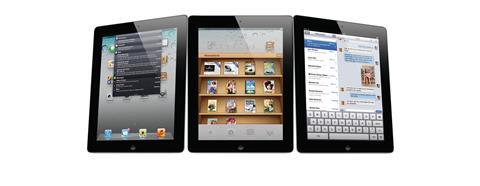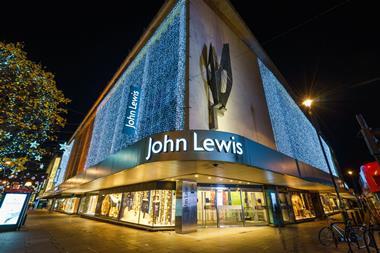The rise in use of tablets has broadened the opportunities for retailers to reach customers, but they have also raised the digital bar.

Why are we talking about this?
Last week Apple unveiled the third generation iPad, a handheld tablet device which has sold over 15 million units since its launch. Apple has more than a 90% share of the tablet market, and its new iPad will ignite a popular way of shopping – 5.3% of all online sales came from mobile devices in the three months to January 31, according to IMRG.
What does the rise in tablet use mean for retailers?
As tablet devices become more affordable and prolific, retailers will experience an increase in mobile traffic. If they do not give customers a good experience across mobile and tablet devices, they will fail to convert mobile visits into sales.
What can retailers do to take advantage of mobile traffic?
Retailers must ensure that websites are optimised for a range of mobile and tablet devices so the web pages display properly. Retailers can also offer customers mobile and iPad apps that provide a more bespoke experience. While apps can offer a larger range of functions, mobile sites have a potentially greater reach. Apps are also subject to approval by a third party, such as Apple, whereas mobile sites are controlled entirely by the retailer.
What makes a good mobile site?
Customers want speed and simplicity from a mobile site, which is why most retailers typically offer a similar but pared down version of the desktop site. Mobile sites need an easy-to-use search function and checkout process to ensure shoppers don’t abandon their basket. Ideally, retailers should direct customers to their mobile site if they detect that customers are visiting via a mobile device. Asos’s and Dorothy Perkins’ websites both do this.
What makes a great app?
The best mobile apps have benefits for both customers and retailers alike and are designed to take advantage of a mobile customer’s mindset, whether they are researching a product or making a purchase.
Retail apps can utilise mobile device functions, such as a camera (for barcode scanning), address book and GPS. GPS, for example, can display the store nearest to a customer on the move. Apps can be niche, offering solutions tailored to certain types of customers. Debenhams has developed an app for its Beauty Club loyalty card, for example.
The larger screen of a tablet makes it ideal for reading so retailers can consider creating an app that is a digital version of their catalogue, as Boden has done with great success.


























No comments yet